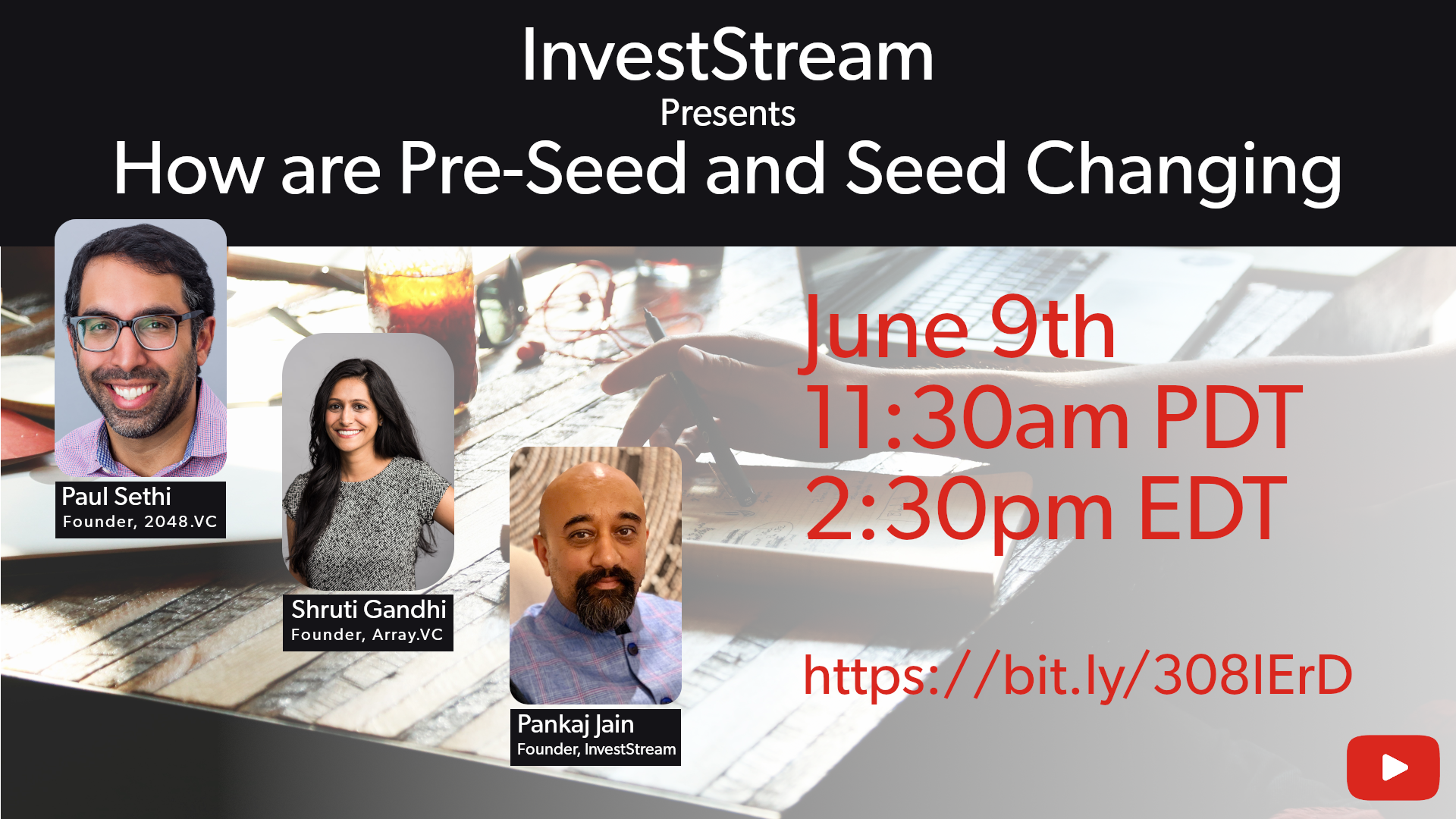Tag: VC
-
Cold Emailing Venture Capitalists and Angel Investors
Although most people recommend getting an introduction to a VC or an angel investor, it is sometimes necessary to send a cold email. Here are some thoughts on how one could frame those emails. This is what I think the basic structure of the email should be: Why you are reaching out How your startup…
-

How are Pre-Seed and Seed Changing in 2020?
A lot is changing in the startup world. Even before getting hit with COVID-19, the definitions of pre-seed, seed, post-seed/pre-series A were changing at a fast clip. Many early-stage VCs were moving downstream, writing larger checks and investing in later rounds. At the same time, larger, late-stage VCs were either ramping up their scout programs…
-
Geeks on a Plane India 2013: Big Opportunities, Optimistic Investors, and a Government that’s Finally Waking Up
This post originally appeared on the 500 Startups blog Geeks on a Plane is a 10-12 day trip to various parts of the world with 20-25 “Geeks” (entrepreneurs, techies, designers, angels, VCs, mentors). The trips are planned and run by 500 Startups and have been going on for a few years now. The first Geeks…
-
10 Things to Consider Before Approaching a VC
A lot of very very smart, experienced investors have put similar information out there over the last few years. If you’ve read it before, consider this a reminder. If you haven’t read it before then consider this a starting point. This post shouldn’t be seen as a comprehensive list. It’s more of a response to…
-
Lean Startup Presentation
This is a nice presentation on the need for startups to be lean and how agile development can help the process. It would have been nice to have audio to go along with the presentation by Steve Blank (Board Member) and Eric Ries (Co-founder and Board Observer) of IMVU. IMVU was founded in 2004 and…
You must be logged in to post a comment.